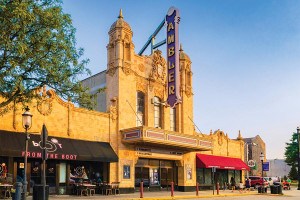Chinese Cultural Center Prepares for A New Future
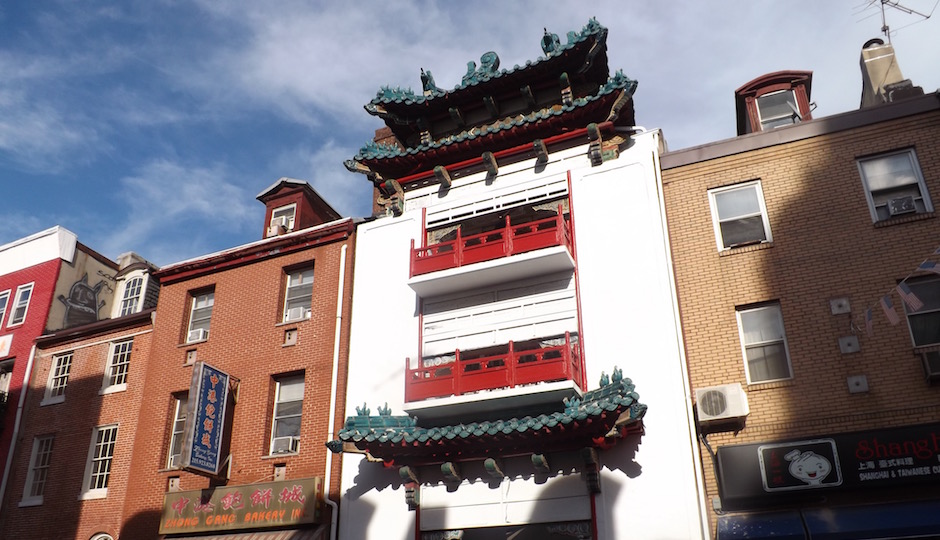
The freshly restored face of a Chinatown icon. | Photos: Sandy Smith
A 185-year-old landmark in the heart of Chinatown is getting ready for a possible new lease on life once the legal hurdles are cleared. While waiting for that to happen, the company that stepped in to keep it from falling into the dustbin of history (or a heap of rubble, which is the same thing) is quietly testing the waters to see whether anyone might be willing to continue its rescue effort.
Maybe not so quietly as of Wednesday evening (Aug. 17th), when the building’s conservator, Scioli Turco, invited the interested and the merely curious inside the Chinese Cultural and Community Center at 125 N. 10th St. to inspect the ready-for-its-next-chapter property.
Scioli Turco, a nonprofit company that specializes in acquiring abandoned and blighted properties in order to return them to productive use, exists in large part because of Act 135, also known as the Abandoned and Blighted Property Conservatorship Act. The act, which became law in 2008, is a powerful tool communities can use to combat blight and save valuable pieces of their history.
Scioli Turco was named the conservator of the center in May of this year, when the firm sought conservatorship in response to a request from Councilman Mark Squilla. “He had received requests from the community that something be done” to reclaim the property, said Scioli Turco co-founder and CEO Joe Palmer.
“We’re the last resort” for restoring blighted buildings, Palmer said. “When the city can’t do anything and the banks can’t sell a property, the neighbors call us and ask, ‘Can you do anything?’ Nine times out of ten, we can.”
The building has sat vacant since 2007, when the community center closed. It’s been listed on the Philadelphia Register of Historic Places since the summer of 2013. Despite its age, the building is on the register because of its recent history.
The oldest part of the structure dates to 1831, when it was built as a typical upper-middle-class Philadelphia rowhouse of the era. (Remnants of this structure are most visible in its rear yard, and parts of it were also uncovered in the course of Scioli Turco’s stabilization work.)
Alterations in the early years of the 20th century added, among other things, commercial space to the building as Philadelphia’s Chinatown, one of the oldest in the nation, grew up around it. The removal of century-old restrictions on Chinese immigration to the United States during World War II brought a fresh influx of permanent residents to the community, and institutions sprang up to serve them. One was the Chinatown YMCA, established in 1955 on the second floor of this building.
In 1968, after he had acquired the building outright, Chinatown YMCA founder Chang Tien Teh (T.T. Chang) parted company with the Y and set up a new foundation, the Chinatown Building and Education Foundation, to own and run an independent Chinese community and cultural center. As part of his institution’s continuing effort to establish a distinct visual identity for Philadelphia’s Chinatown, he also hired noted Taiwanese architect Yang Cho-cheng (C.C. Yang), designer of the Taiwan (Republic of China) pavilion at Expo 67 in Montreal, to remake the building in the traditional Mandarin Chinese style. The makeover, completed in 1971, created the most visible symbol of Chinatown’s character prior to the erection of the Chinatown Friendship Gate down the block in 1984.
The Chinese Cultural and Community Center remained a vital and vibrant part of the neighborhood until its closing in 2007. In a 2013 interview with Plan Philly, Chang’s widow Victoria expressed the desire that the building be put back to active use, possibly with a restaurant on the first floor, but nothing came of these plans.
And so the building sat, until a contractor (presumably hired by the foundation) gutted it two years ago.
Palmer said that contractor “chopped up” the interior such that it couldn’t be preserved or restored as it was.
After it took possession of the building, Scioli Turco got to work stabilizing it and readying it for further construction. It reconnected its water service and its 400-amp electrical service, installed new floor joists, handrails and interior safety barriers, replaced and rebuilt some stairways, covered the unfinished and partially excavated basement floor with crushed rock fill, repaired the building’s masonry, repainted its front facade, and repaired decorative panels and installed new windows and doors consistent with Philadelphia Historical Commission guidelines.
The photos below show some of the work that has been done to get the building ready for its future as well as offer glimpses into its past. The people who came to Wednesday evening’s open house included at least two people who had expressed interest in the building to the conservator and a couple interested in getting into the development business themselves.
Palmer said that there are no structural issues with the building now, but added that his firm would advise any potential buyer to conduct their own due diligence prior to making an offer.
No sale of the building can take place, however, until the Court of Common Pleas issues a ruling allowing the building to be listed and actively marketed for sale. The court is scheduled to hear the case for this building on Sept. 22. In the meantime, Scioli Turco is accepting letters of interest from anyone who might want to buy the building once a sale is authorized.
More information about the building’s past can be found here. Those interested in being part of its future should visit this site.
Chinese Cultural and Community Center Sneak Preview
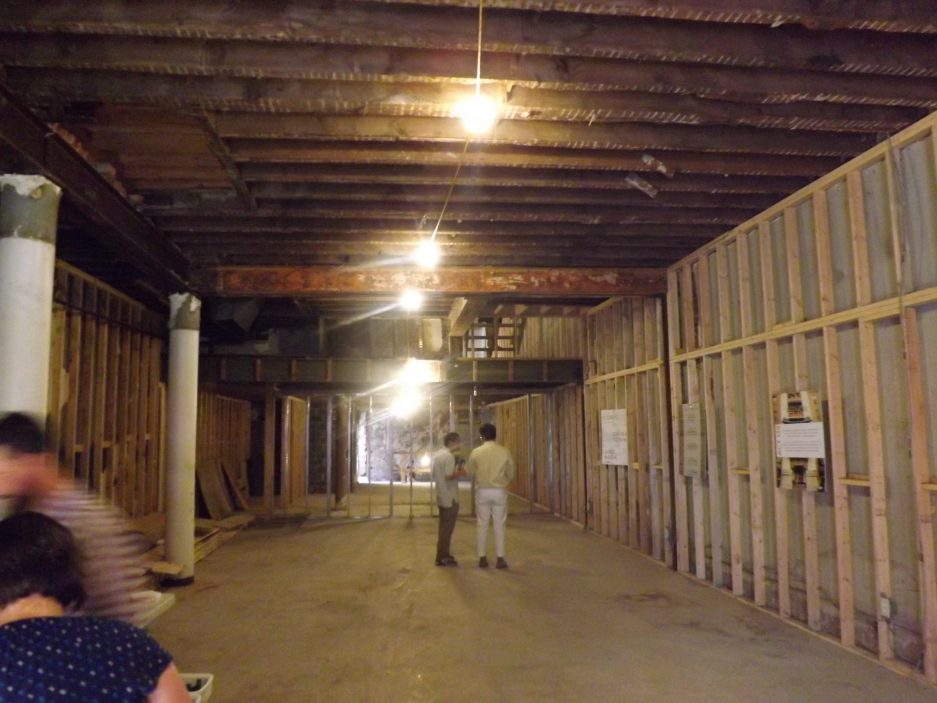











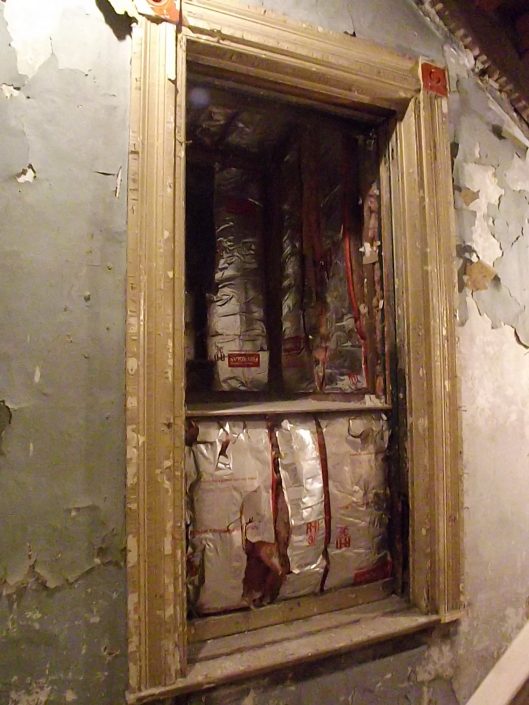



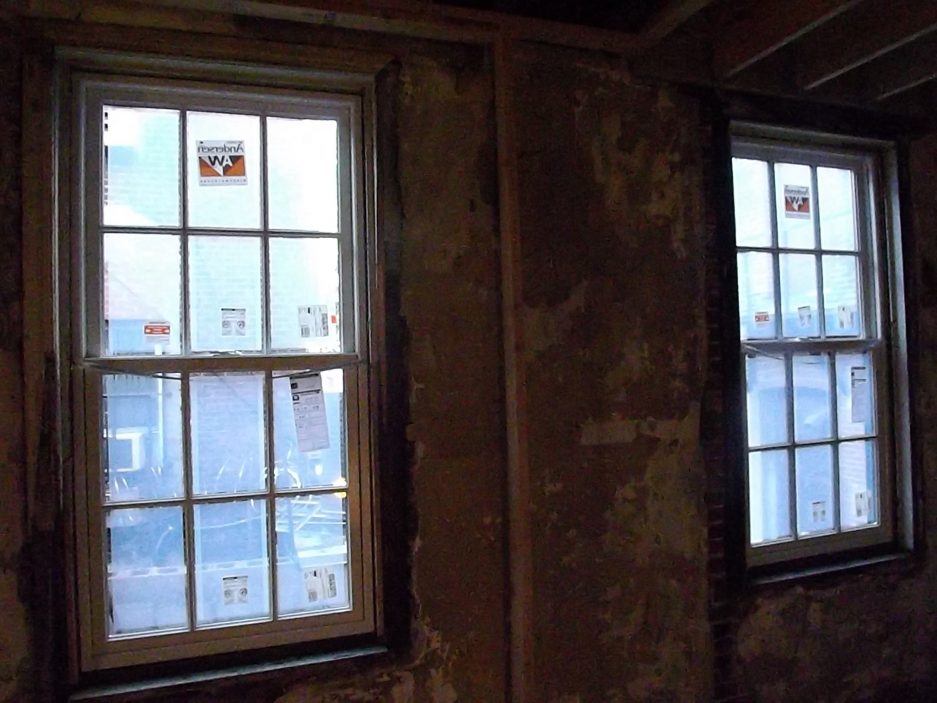







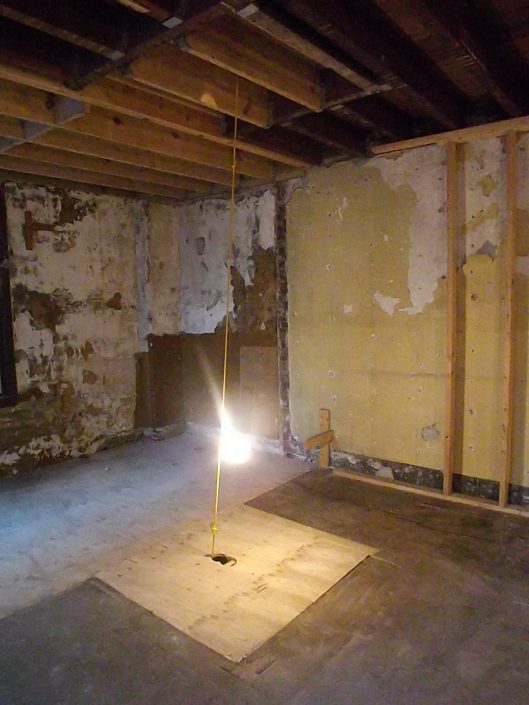









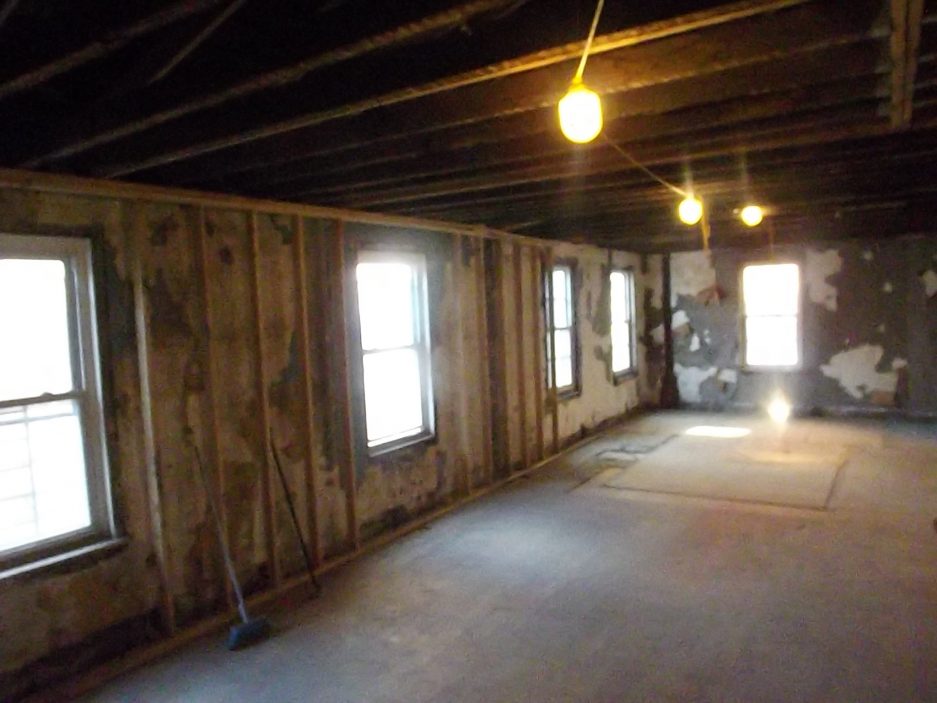

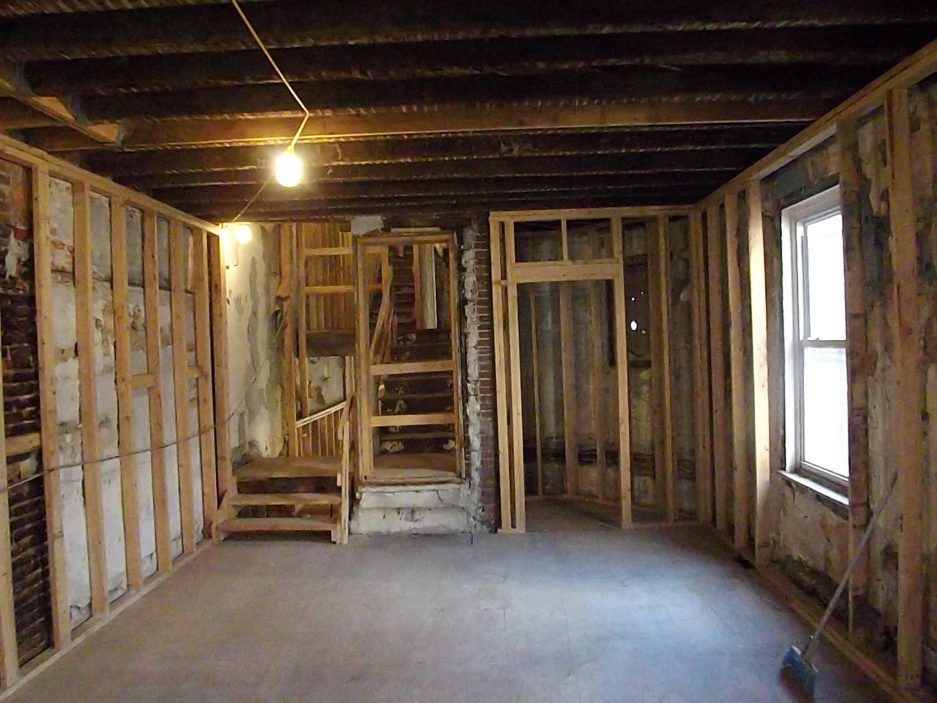





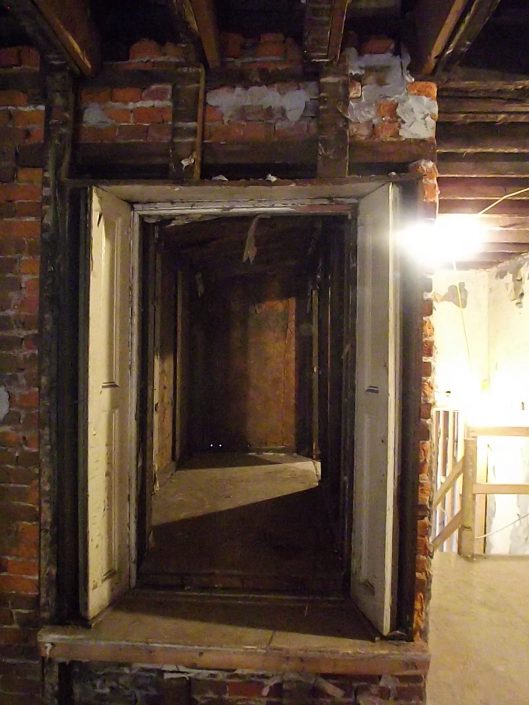





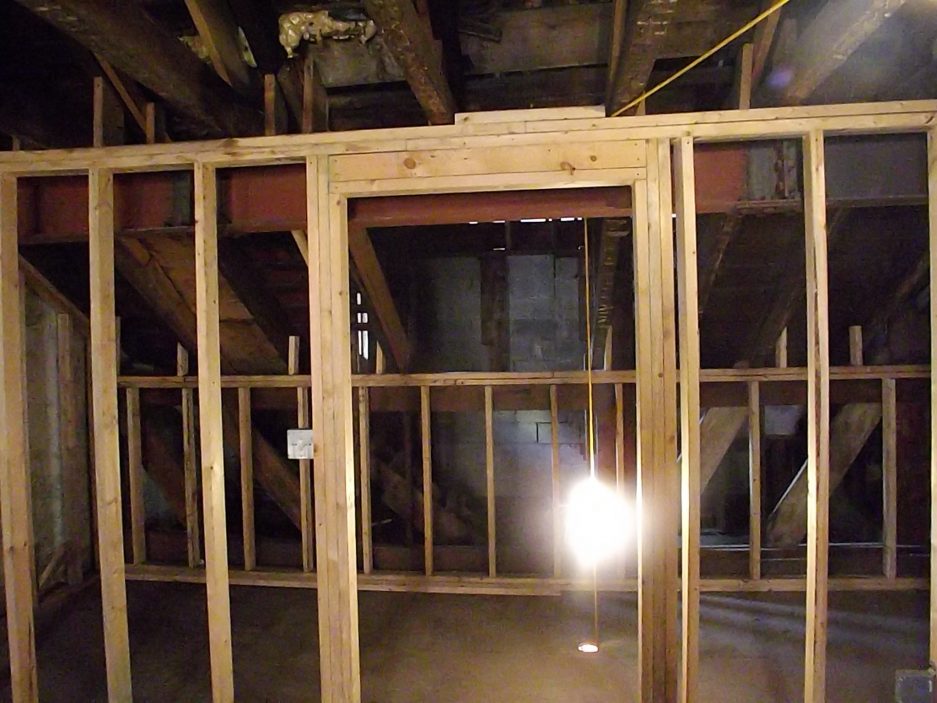



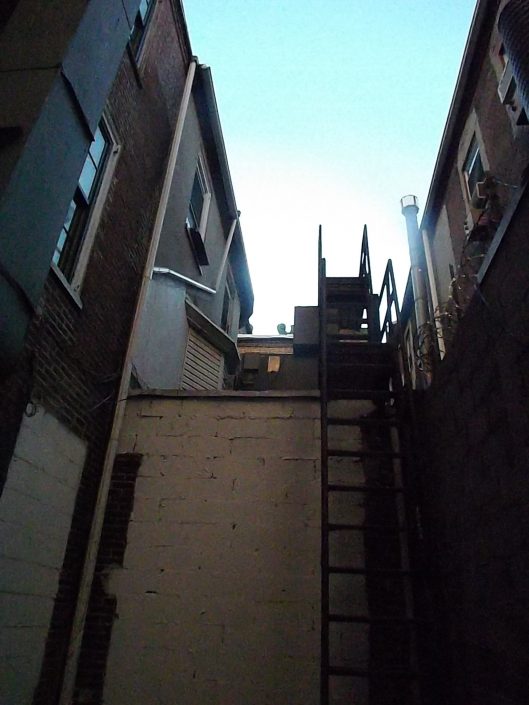

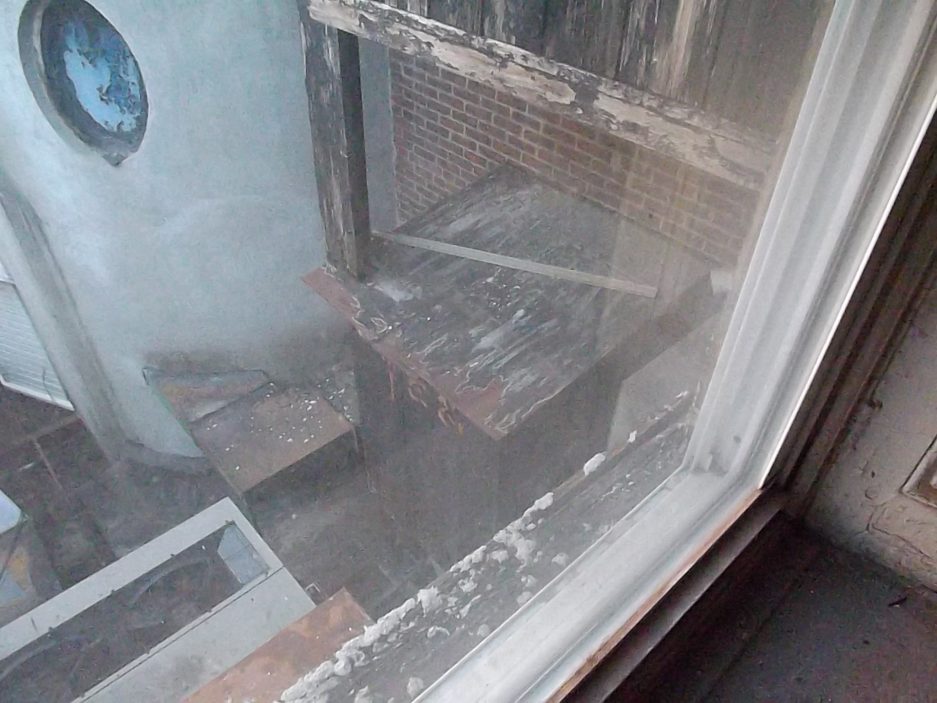



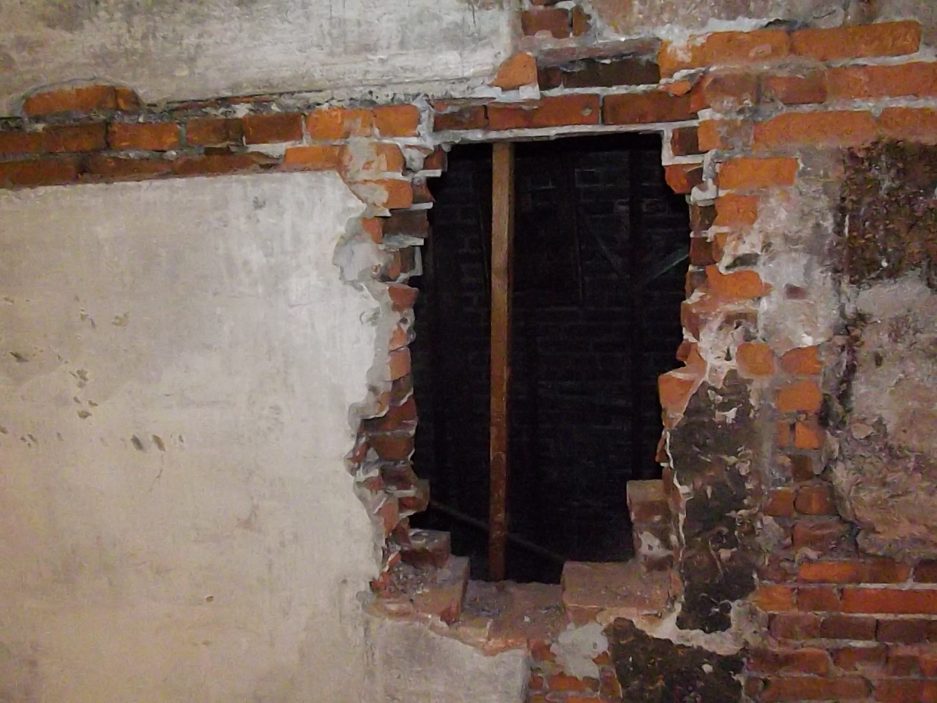



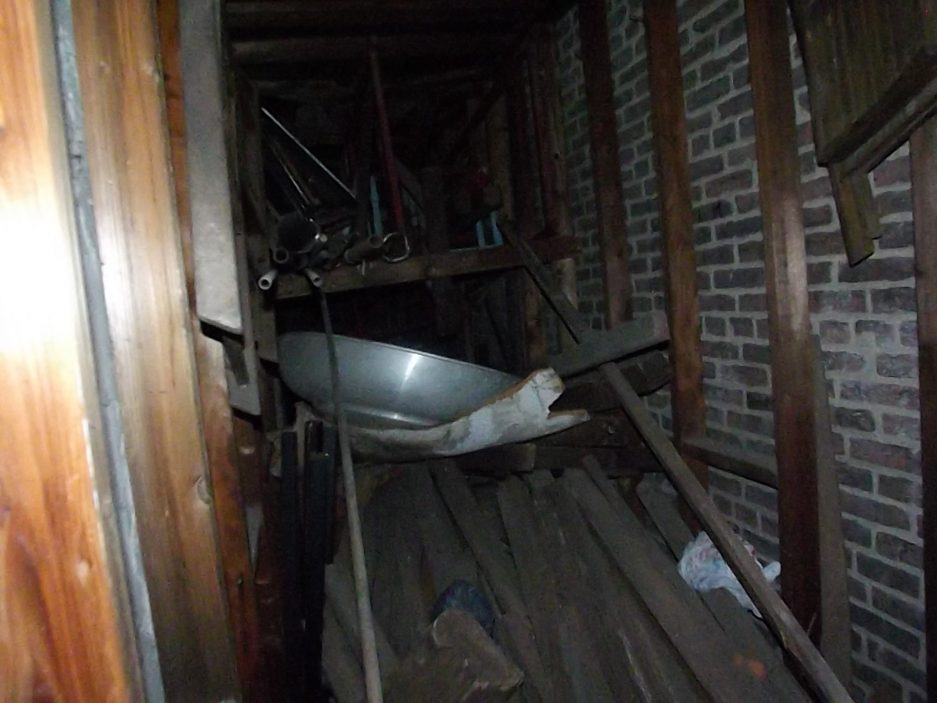

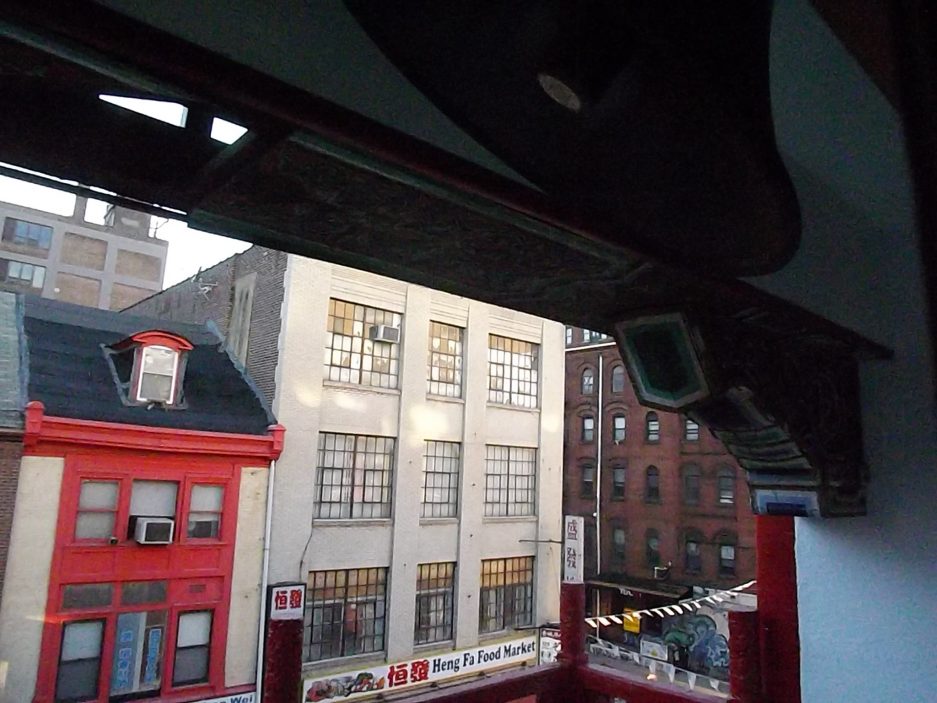

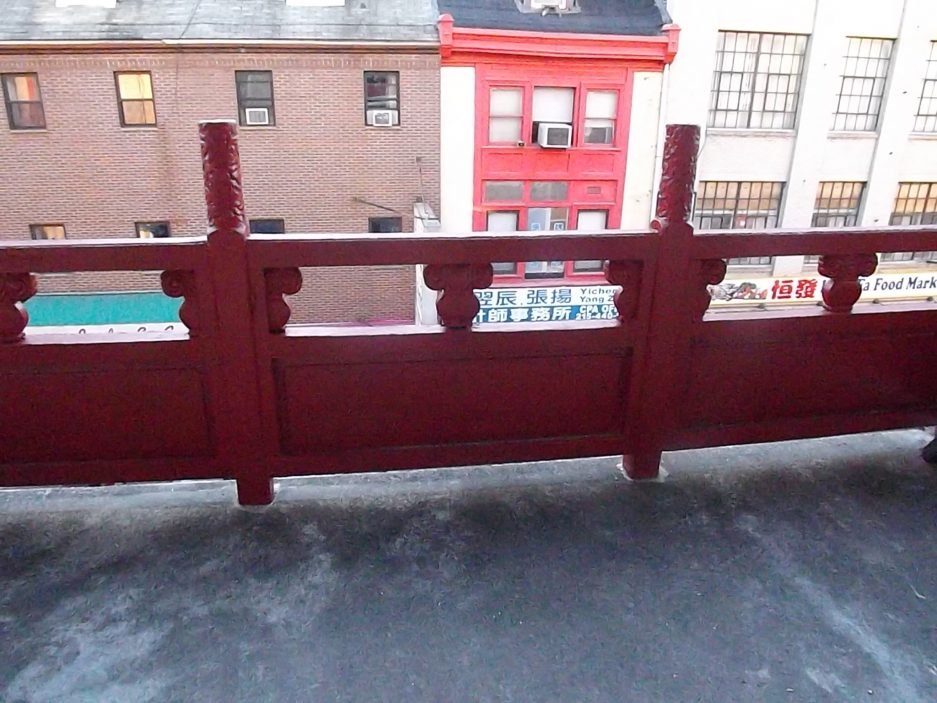

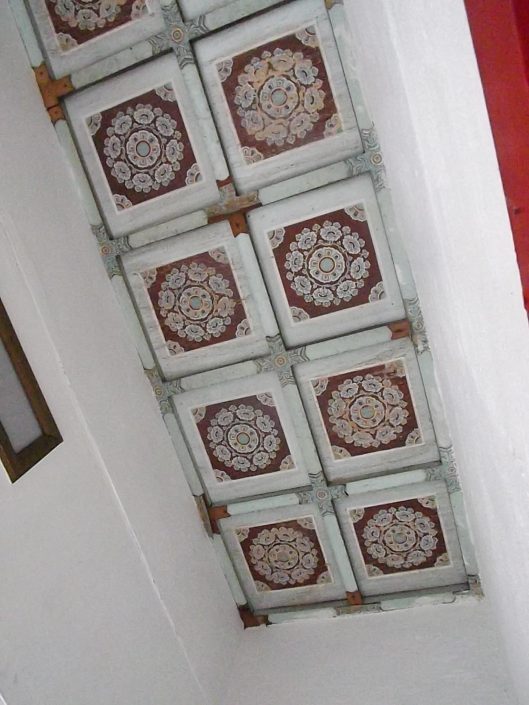

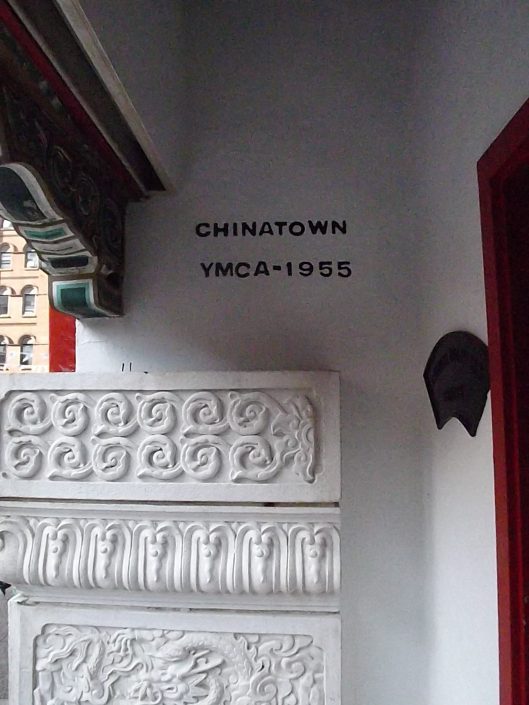

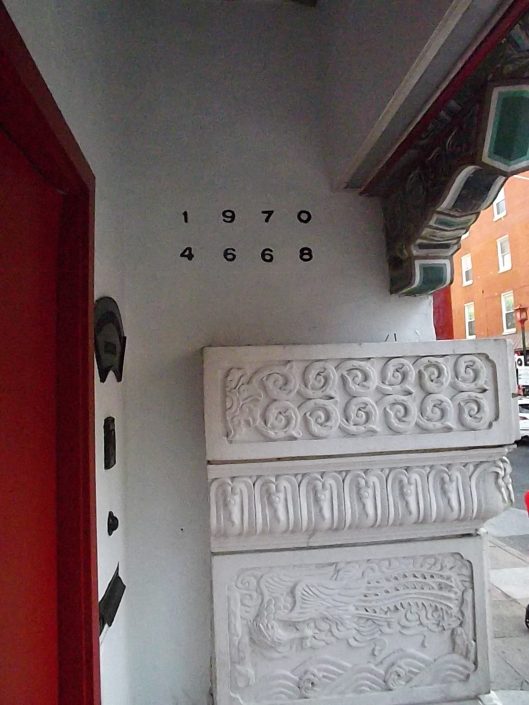

Follow Sandy Smith on Twitter.
